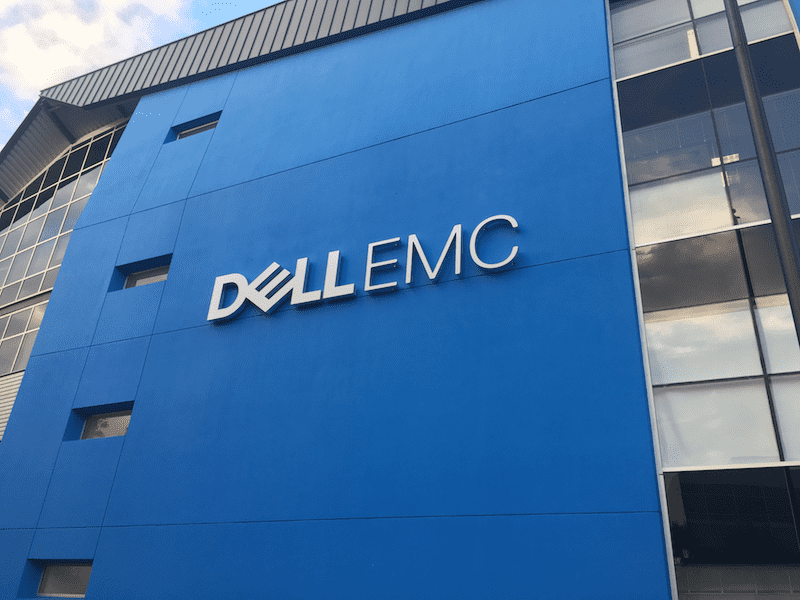In this episode, Martin and Chris talk to Andy Klein from Backblaze. Since 2014, Backblaze has been collecting and publishing hard drive reliability information for their storage pods. The pods are custom-built and used to hold backup data from customers and to support the B2 cloud storage offering. Rather than buy an expensive storage platform or use the public cloud, Backblaze initially decided to build their own solution at a fraction of the cost of other options. Once at scale, it seemed logical to use the platform for B2. Over the years, the Backblaze team …
#93 – Myspace Loses 12 Years' of Music
This week, Chris and Martin discuss the issues at Myspace, which recently disclosed that 12 years’ worth of user content had been lost during a (failed) server migration. The once-mighty Myspace was the largest social networking site from 2005 to 2009 (according to Wikipedia) and had estimated revenues of $109 million in 2011. So, how could a company with such as large valuation and solid revenue manage to lose data so easily? In 2005, News Corporation purchased Myspace for $580 million, later selling he company in 2011 for a rumoured $35 million. Would there have …
#92 – Introduction to Elastifile with Jerome McFarland (Sponsored)
This week, Chris talks to Jerome McFarland, VP of Marketing with Elastifile, Inc. Elastifile has developed a scale-out distributed file system called ECFS – the Elastifile Cloud File System. ECFS runs either on-premises, in the public cloud as a marketplace offering or, most recently as a full native storage service in GCP. In addition to the base file system, Elastifile provides the capability to move any on-premises NAS data into the public cloud with CloudConnect. ClearTier provides the facility to use the public cloud for tiering of cool or inactive data. Jerome explains the reasons …
#91 – Storage Field Day 18 in Review
This week, Martin leads the conversation as Chris discusses the vendors presenting at the recent Storage Field Day 18 event. SFD18 is part of the Tech Field Day series delivered by Stephen Foskett and GestaltIT. We last spoke with Stephen in April 2018 – an episode on why storage isn’t boring. Although there’s no official theme for SFD events, the companies presenting were nicely delineated into scale-out primary storage and data protection. WekaIO demonstrated their scale-out file system. VAST Data came out of stealth and also presented a scale-out file system and object store. Storpool …
#90 – Dell EMC's Enterprise NVMe Strategy with Vince Westin (Sponsored)
This week, Chris talks to Vince Westin, Technical Evangelist within the PowerMax Group at Dell EMC. PowerMax is the latest in a storage product line with lineage back to the original Symmetrix systems of the early 1990s. PowerMax is an all-NVMe storage array, reflecting an industry move towards faster, low latency media. Vince takes us through the rationale for moving to NVMe across the Dell portfolio and PowerMax in particular. Some of the more interesting aspects of the transition include the ability to simplify code paths with NVMe compared to back-end SAS. NVMe introduces a …
#89 – Choices in NVMe Architectures
This episode was recorded while Chris was in Silicon Valley for Storage Field Day 18. Although not part of the event, Chris took time to catch up with Pavilion Data. in particular Jeff Sosa, VP Product Management and Walt Hinton, Head of Corporate and Product Marketing. Both Jeff and Walt have a long history in the storage industry, including companies like Virident, Western Digital, Fusion-io, Brocade, NetApp and Data Domain – to name but a few! It’s great to get opinions on the future of storage technology from industry experts, in this case on the …
#88 – Nigel Tozer returns to talk about Ransomware
This week Chris and Martin talk to Nigel Tozer, Solutions Marketing Director for EMEA at Commvault. Nigel was a guest about 12 months ago and on that episode he talked about GDPR. This time the discussion is about ransomware and what businesses can do about it. The challenges of protecting data from theft or extortion are greater than ever. So, can we identify a common attack model? Are specific operating systems more vulnerable? Most important, how do you develop a plan that protects your data and systems? The process is more than just patching primary …
#87 – The Risks of Storage Media Reuse versus Recycling
In this episode, Chris and Martin talk to Simon Zola from Avtel Data Destruction. This is a follow-up episode to #85 (Storage for Home and Homelabs) where Martin and Chris questioned the ease of recovering data from pre-owned storage media. As we find out, the process was pretty easy. Martin was able to recover significant amounts of personal data with little effort and using standard tools. Media destruction is one route to safely dispose of drives and guarantees that data is destroyed. But what are the consequences? Simply disabling a drive and throwing it into …
#86 – Eran Brown Discusses Storage, Security & Multi-Cloud
This week, Chris and Martin talk to Eran Brown, CTO in EMEA for INFINIDAT. As we move to a more distributed world, implementing data security becomes ever more challenging. Eran explains the issues and how his customers are looking to solve the problem. One of the initial choices is to decide exactly where to encrypt. We’re familiar with drive-level encryption, even host-level. Eran sees hypervisor and application encryption being equally if not more important. What are the implications on technology? Encryption reduces savings from de-duplication and compression, changing the cost model. Encryption and data security …
#85 – Storage for Home and Homelabs
This week Chris and Martin discuss the subject of storage for home and homelabs. With so much content being personally generated these days, is it better to store data on local hardware or use the public cloud? It turns out that many of the home storage devices we’re familiar with are pushing more to SMB and enterprise-class features. Alternatively, if you’re like Martin, you could build your own solution from drives, Linux and an ATX chassis. A quick check online shows both HDDs and SSDs for sale. Are users being careful about wiping their data …










